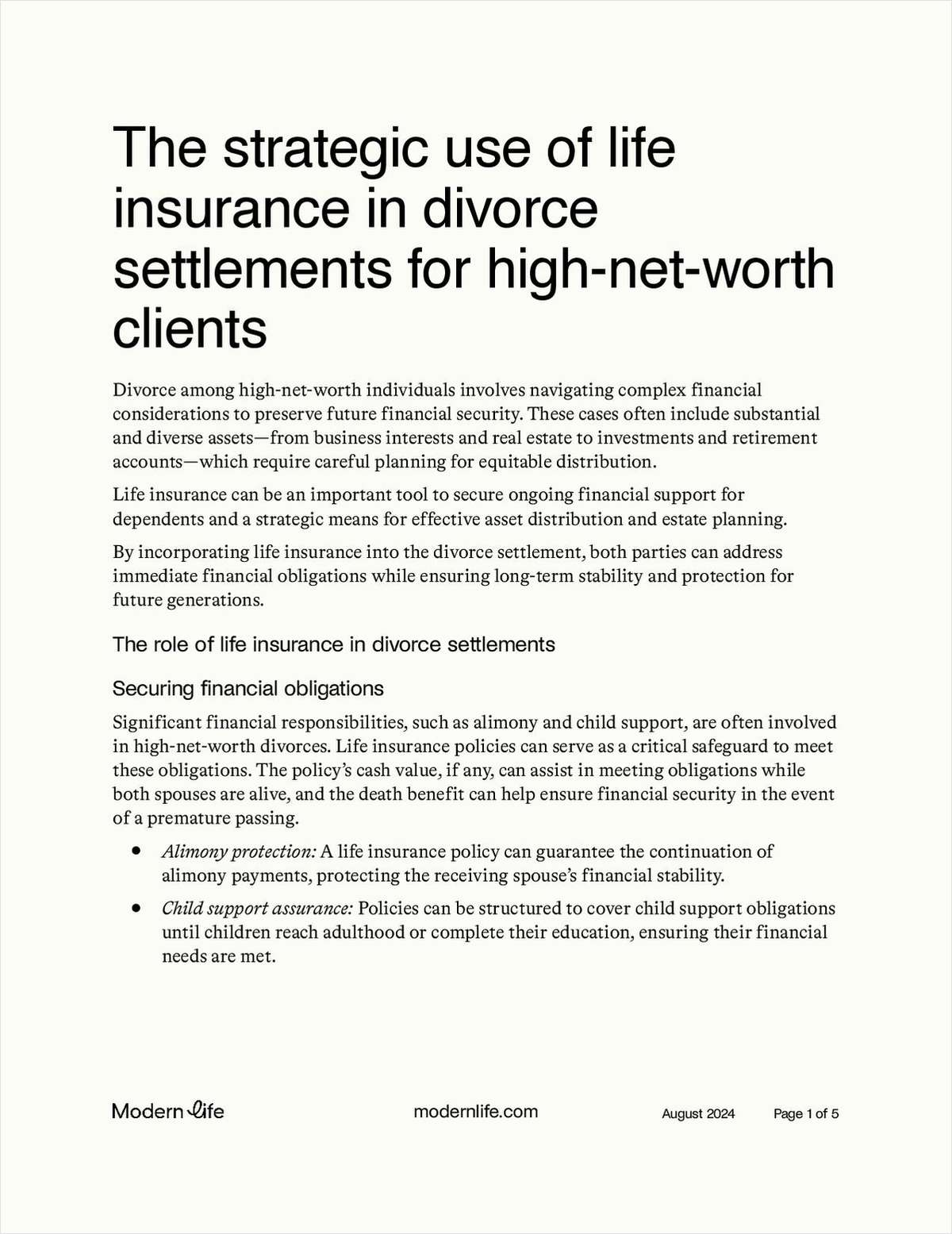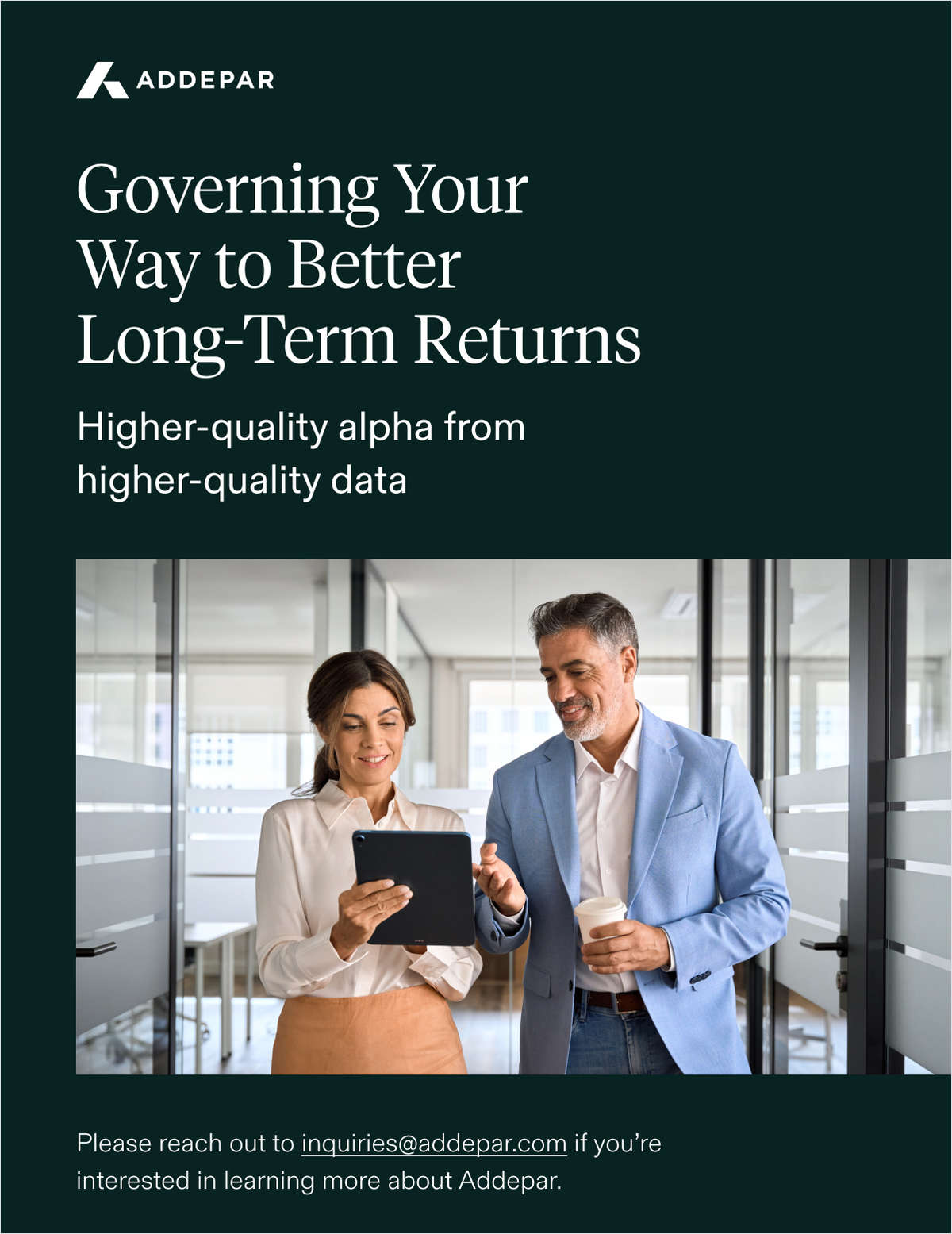Life actuaries and life insurers are responding to an IRS Notice requesting input on a proposed principles-based reserving system currently under development and a proposed actuarial guideline, VA-CARVM, that establishes reserving guidelines for variable annuities with guarantees.
In response to Notice 2008-18, the American Academy of Actuaries offered insight in a May 5 letter by Dave Sandberg, a life actuary who is chairing the AAA's life tax steering group.
In an interview with National Underwriter, Sandberg said the letter is part of a dialogue and seeks to inform Treasury about technical details of the project.
One of the points the Washington-based Academy is trying to establish is that reserves are designed to ensure that promised benefits can be funded and capital is more about extreme events.
Those involved with developing PBR "have been living this for 3 years," he continued, but for those who are not so involved, there needs to be an understanding that there are a lot of standards and requirements in place.
There also needs to be an understanding that PBR results are auditable, Sandberg explained. Documentation of how assumptions are reached makes the approach auditable, he added, and the assumptions can be verified.
The comments in the letter fall into 5 topic areas:
–Constraints on setting assumptions for PBR.
–Why a provision of uncertainty is included in PBR.
–A discussion of the gross premium valuation method.
–Determination of mortality assumptions.
–Auditing of PBR.
The AAA letter "recognizes that upon initial examination, it may appear that the actuary is given wide latitude in setting valuation assumptions used to determine reserves under principles-based reserves."
But, the Academy letter goes on to say that there are prescribed assumptions that are used for risks such as the projected new money interest rates on future new investments in which a company has very little or no control over the outcome.



